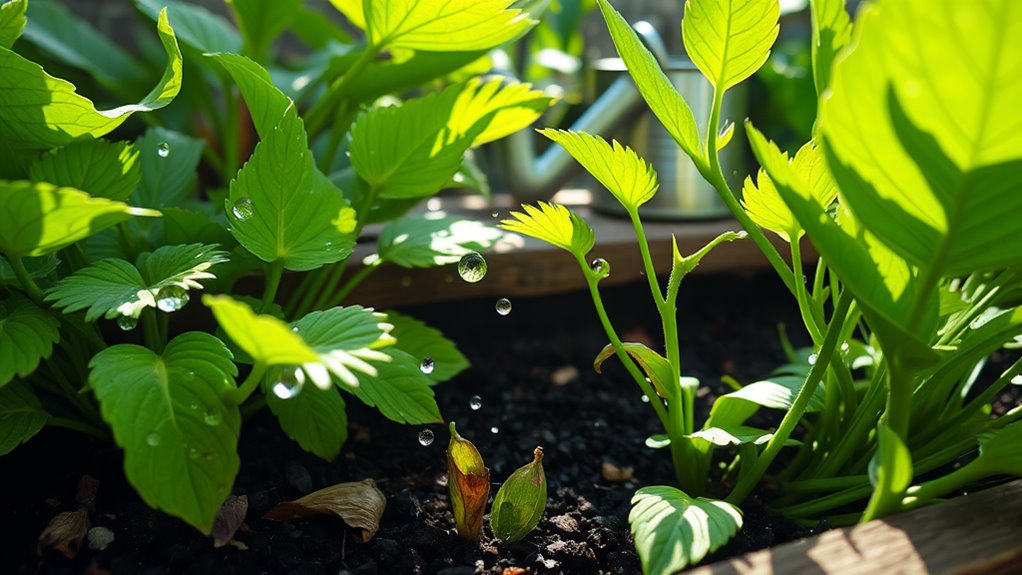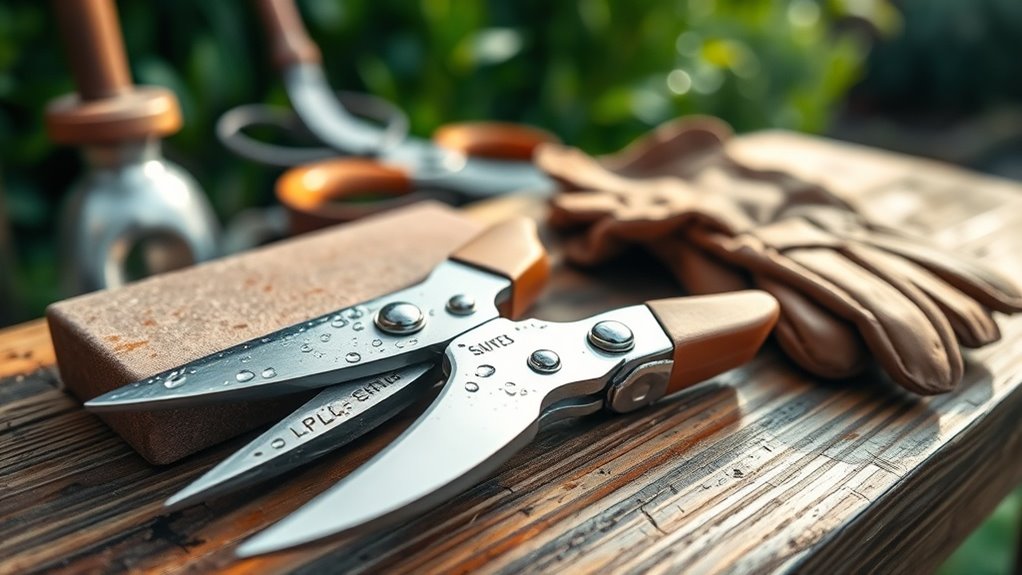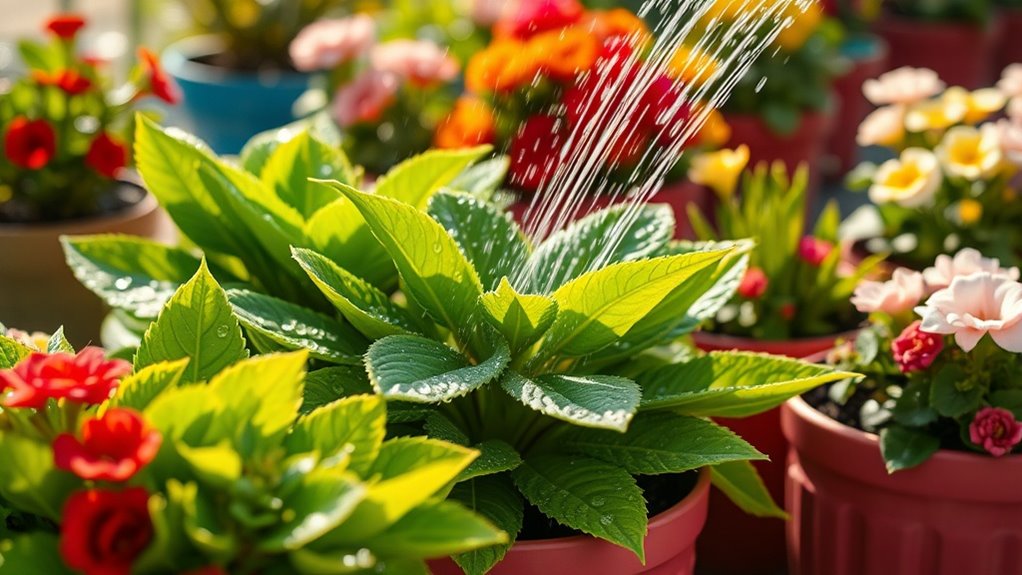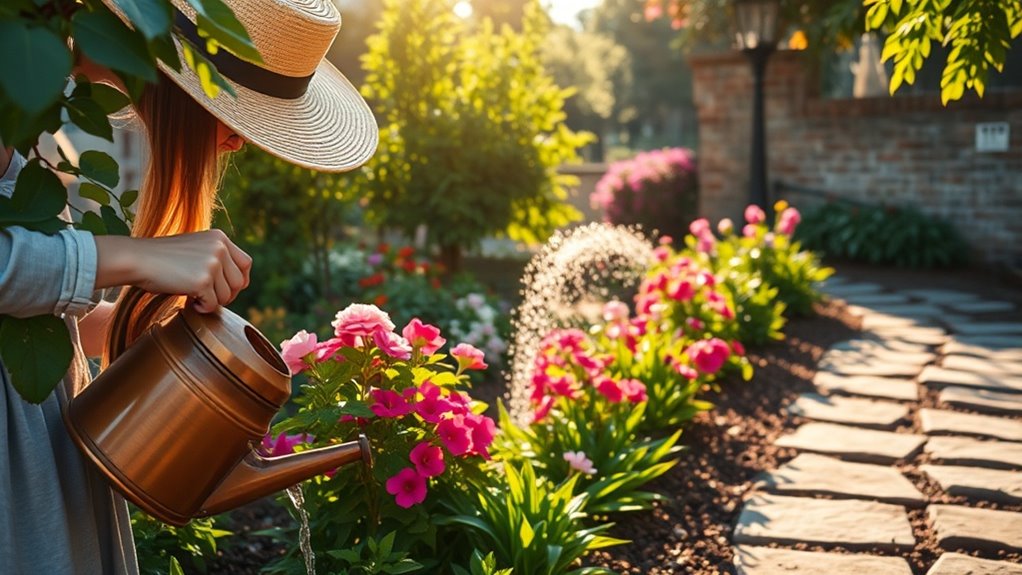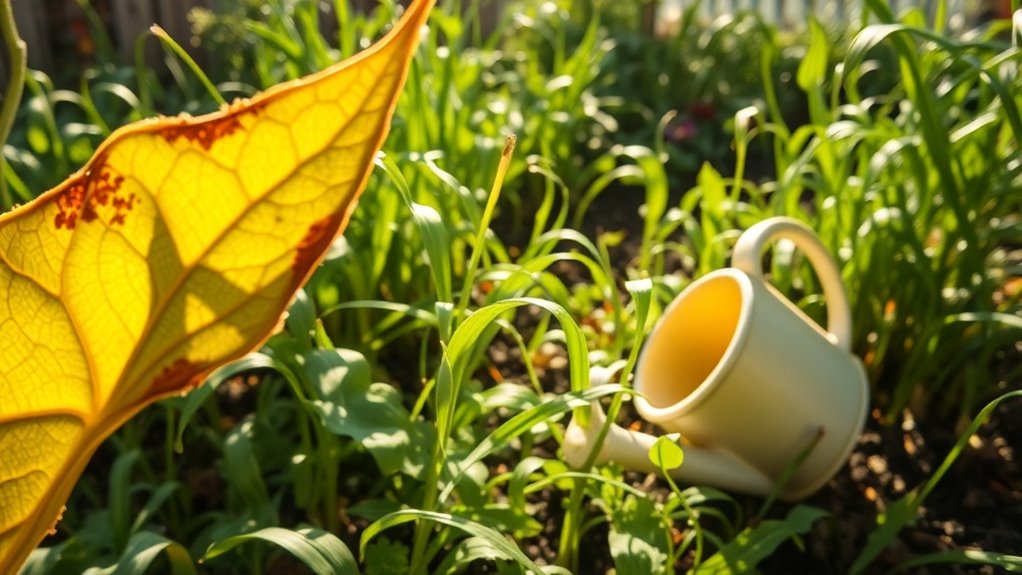This Simple Watering Routine Rescued My Dying Plants
Understanding your plants’ watering needs, establishing a consistent schedule, and recognizing distress signals can transform your garden. By adopting a straightforward watering routine, you can effectively revive even the most neglected greenery. It’s not just about the amount of water; it’s about timing, technique, and observation. Curious about how these small adjustments can lead to significant improvements? Discover the steps that made all the difference for my once-dying plants.
Understanding Your Plants’ Watering Needs
How can you determine when your plants need water? Pay attention to the soil’s top inch; if it feels dry, it’s time to water.
Check for leaf droop or yellowing, which signals stress. A successful watering routine fix involves observing these signs regularly.
Also, consider the plant type and season, as each has unique moisture requirements vital for healthy growth. Additionally, understanding ideal watering schedules can greatly enhance the health of your plants and prevent overwatering or underwatering.
Establishing a Watering Schedule
Establishing a watering schedule is crucial to keeping your plants healthy and thriving, as consistent moisture promotes optimal growth.
Observe your plants’ moisture levels and adjust the frequency based on their specific needs, environmental conditions, and pot size.
Typically, watering once a week works for many houseplants, but always check the soil; it should be evenly moist, not soggy or dry. Additionally, watering during the best times of day can help minimize evaporation and ensure that your plants receive the maximum benefits from the water.
Choosing the Right Watering Technique
While a perfect watering schedule lays the groundwork for healthy plants, choosing the right technique can make all the difference in ensuring your plants receive adequate moisture.
Consider factors like the plant’s size and type when deciding. Techniques such as drip irrigation provide consistent moisture, while bottom watering encourages deep root growth. Additionally, understanding the signs of overwatering plants can help you adjust your method based on environmental conditions for optimal results.
Signs of Overwatering and Underwatering
Choosing the right watering technique is only part of the equation; recognizing the signs of overwatering and underwatering is vital for your plants’ health. Overwatered plants often display yellowing leaves, wilting, or root rot, while underwatered plants show drooping leaves, dry soil, and browning tips. To ensure your plants thrive, consider conducting a simple test to assess the soil moisture levels before watering.
Additional Tips for Plant Care
To ensure your plants thrive, it’s essential to go beyond just watering; proper care involves considering their light, humidity, and feeding needs as well.
Position your plants in suitable light conditions, ensuring they receive enough without scorching.
Maintain optimal humidity levels, especially for tropical species.
Lastly, choose the right fertilizer to nourish your plants, enhancing their growth and vitality throughout the seasons. You can create homemade fertilizer from kitchen scraps, which can provide essential nutrients to your plants and improve soil health.
Monitoring Progress and Adjusting Routine
As you monitor your plants’ growth, it’s crucial to evaluate your watering routine regularly to ensure it meets their needs.
Check soil moisture and adjust the frequency based on environmental changes, like temperature or humidity.
If leaves droop or discolor, reassess your method.
Tailoring your watering approach not only promotes healthy plants but also maximizes their vitality and resilience overall. Additionally, optimizing watering practices can enhance tomato juiciness by improving soil conditions and promoting better fruit flavor and texture.

